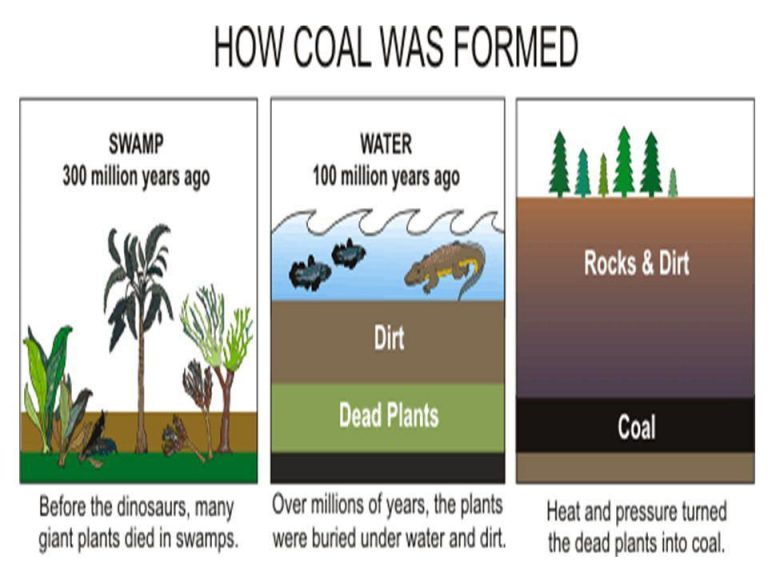Coal and petroleum are two of the most important resources that humanity uses to power our modern world. Both are formed from organic materials and are non-renewable resources, meaning that once they are extracted and used, they cannot be replaced. However, while coal and petroleum share some similarities in their formation, there are also several key differences between the two. In this article, we will explore the differences between coal and petroleum formation.
Coal Formation
Coal is formed from the remains of plants that lived millions of years ago in swamps and wetlands. As these plants died, they sank to the bottom of the swamps and were buried under layers of sediment. Over time, the weight of the sediment compressed the plant material and forced out water and other impurities, leaving behind a dense, carbon-rich substance known as coal.
There are four main types of coal, each with different levels of carbon content and energy density:
- Anthracite
- Bituminous
- Sub-bituminous
- Lignite
Anthracite is the highest quality coal, with the most carbon content and energy density, while lignite is the lowest quality coal, with the least carbon content and energy density.
Petroleum Formation

Petroleum, also known as crude oil, is formed from the remains of tiny marine organisms that lived millions of years ago. These organisms, such as plankton and algae, died and sank to the bottom of the ocean, where they were buried under layers of sediment.
Over time, the heat and pressure from the sediment and rocks above caused the organic material to break down into hydrocarbons, which are the molecules that make up petroleum. The hydrocarbons then migrated through the rocks and eventually became trapped in underground reservoirs, where they can be extracted and refined into various products such as gasoline, diesel, and jet fuel.
Differences Between Coal And Petroleum Formation

While both coal and petroleum are formed from organic material, there are several key differences in their formation:
- Coal is formed from the remains of plants that lived in swamps and wetlands, while petroleum is formed from the remains of tiny marine organisms.
- Coal formation typically takes millions of years, while petroleum formation can take hundreds of millions of years.
- Coal is found in sedimentary rocks on land, while petroleum is found in underground reservoirs beneath the ocean floor or land.
- Coal can be extracted through mining, while petroleum is extracted through drilling.
- Coal is primarily used for power generation, while petroleum is used for a wide range of applications, including transportation, heating, and electricity generation.
Conclusion
Coal and petroleum are both important resources that have played a significant role in shaping our modern world. While both are formed from organic materials, there are several key differences in their formation and use. Understanding these differences can help us make informed decisions about how we use these resources and how we can develop more sustainable sources of energy for the future.